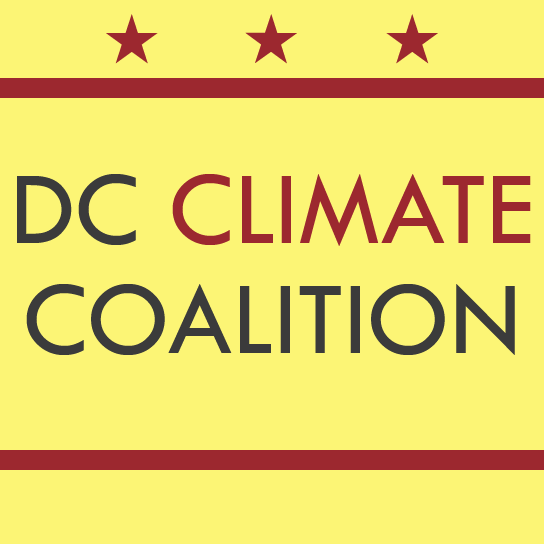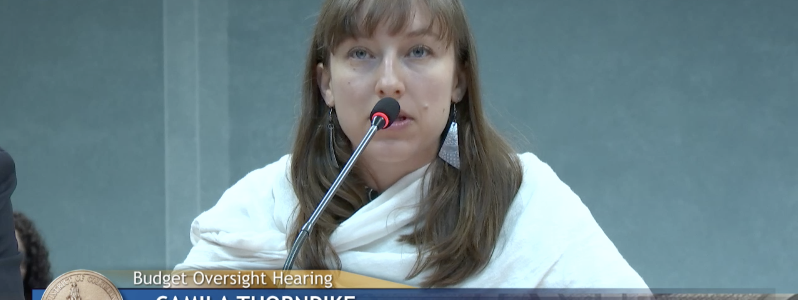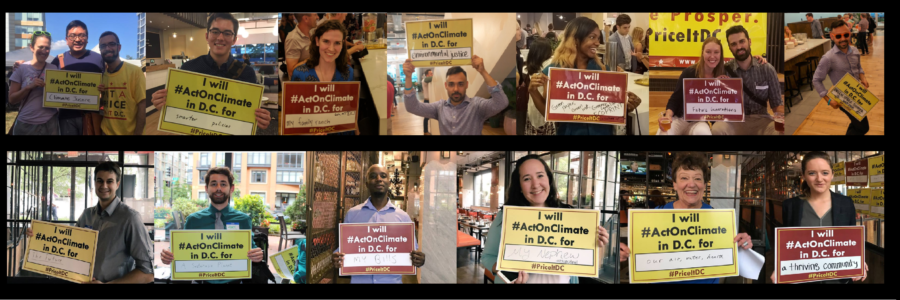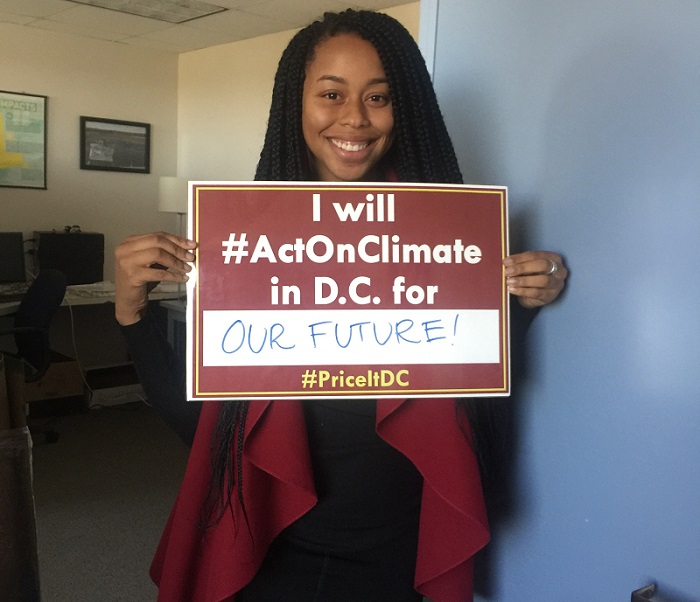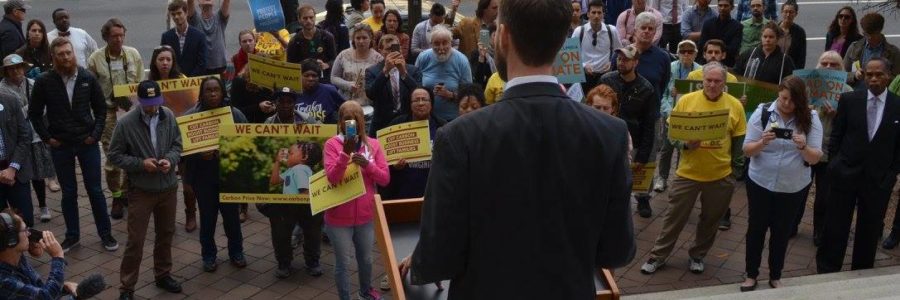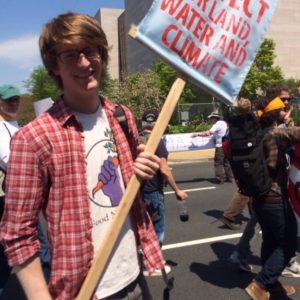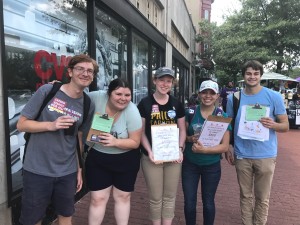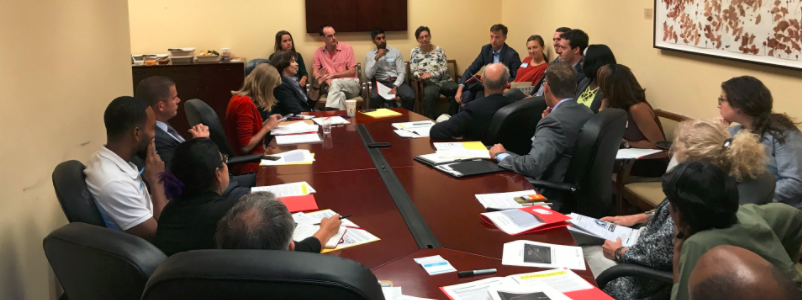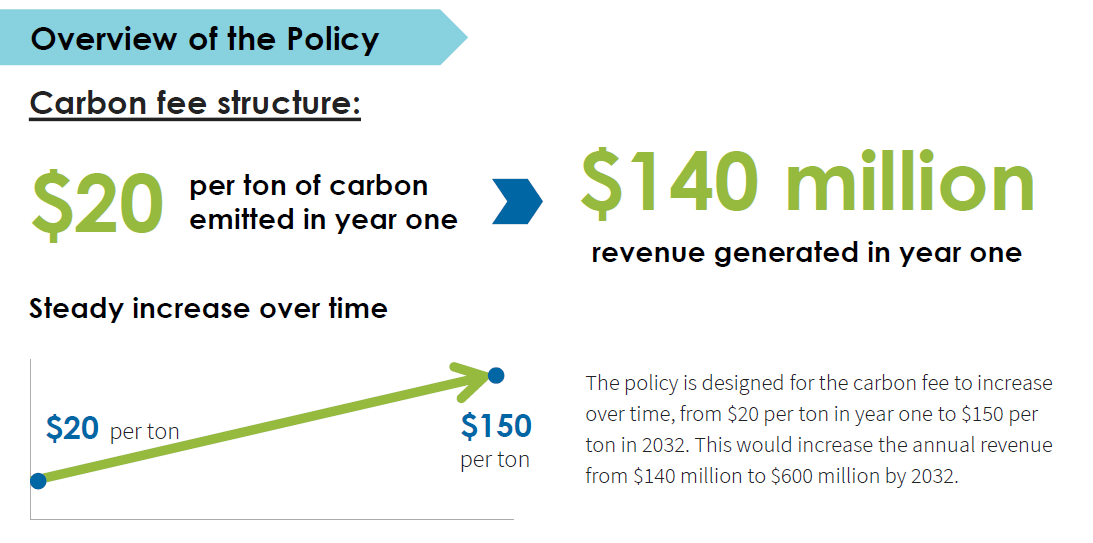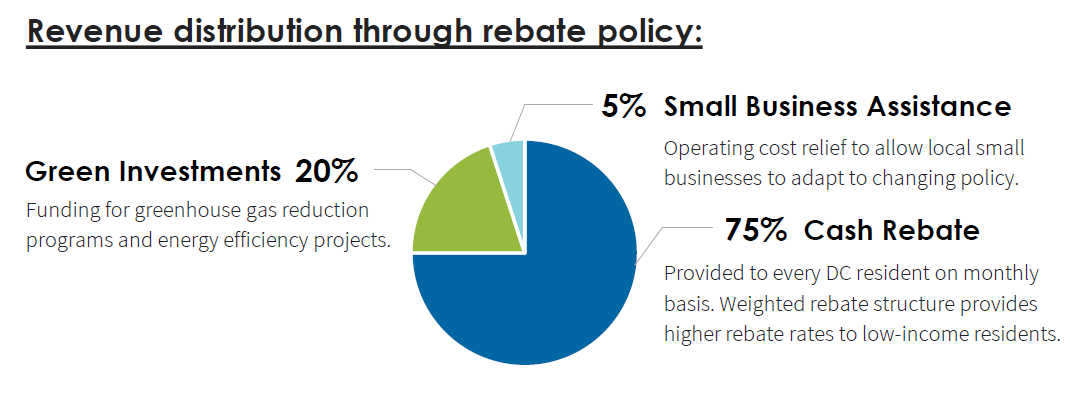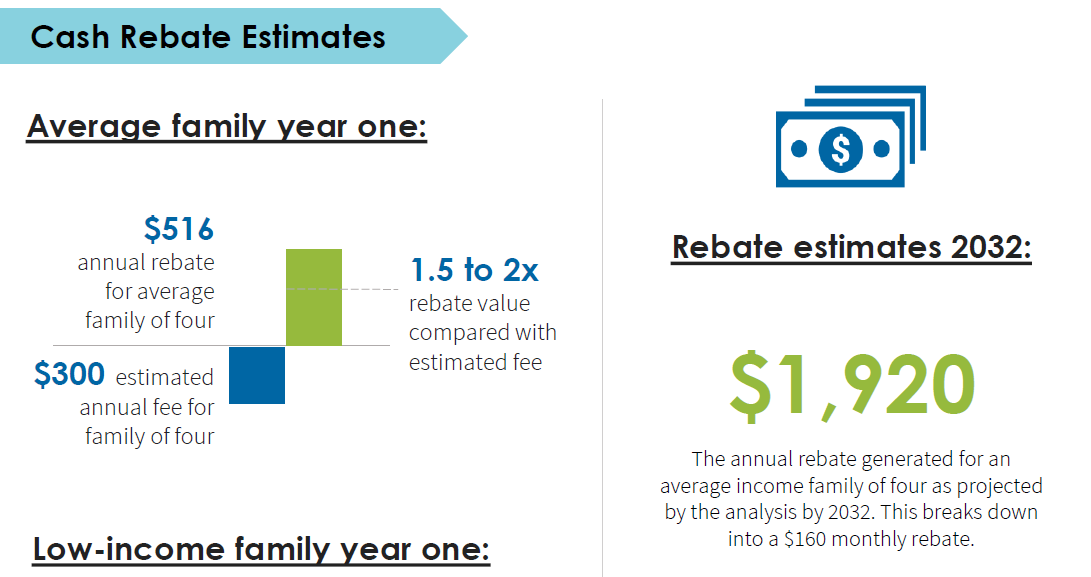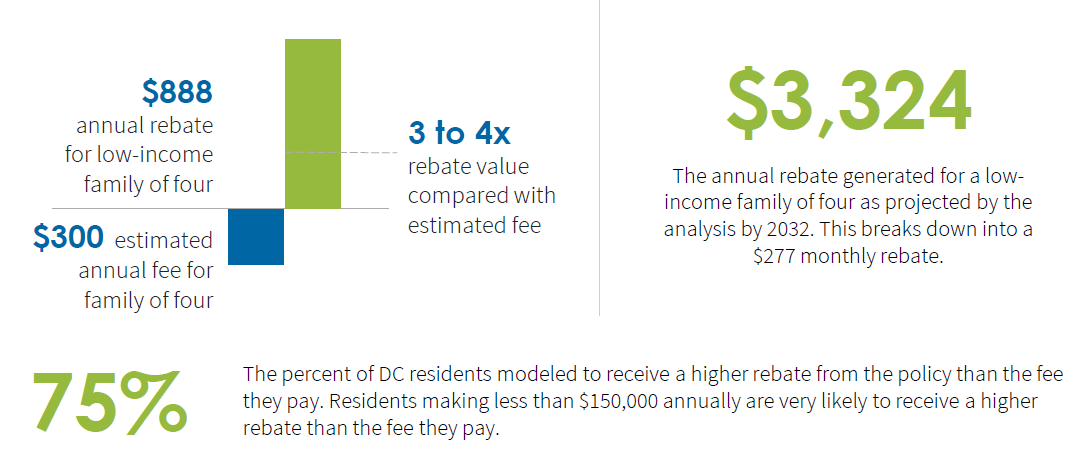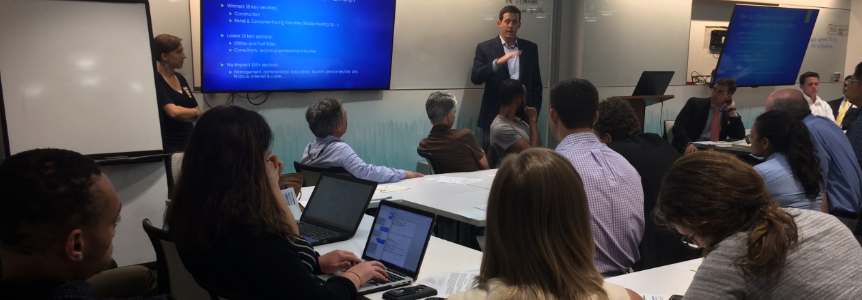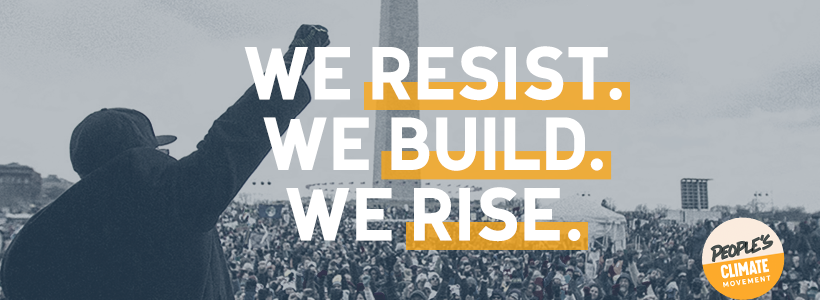Committee on Transportation and the Environment
On Tuesday, CCAN Carbon Pricing Campaign Director Camila Thorndike represented nearly 70 organizations when speaking to the D.C. Council about the necessity of a carbon price at the DOEE Budget Oversight Hearing.
Mayor Bowser and the D.C. council plan for D.C. to be carbon neutral by 2050. Camila reminded the council that “the least expensive fuel will win”, emphasizing how important a carbon price is as we move away from fossil fuels. DC needs substantive policy interjections if we want to have any hope of reaching our carbon neutral goal.
WATCH the amazing Camila give her testimony — or, read a script below.
Thank you to Committee Chair Cheh for the opportunity to testify at today’s hearing. My name is Camila Thorndike, and I am here representing nearly 70 organizations and thousands of voters behind the growing campaign to Put a Price on It D.C. We are proud to work with your office, with Director Wells, and the rest of the Council to advance comprehensive climate policy.
First, we applaud Director Wells and the Bowser administration for setting ambitious goals.
Last year, Mayor Bowser told the world “We’re Still In” the Paris Climate Accord. The Sustainable DC Plan establishes commitments for the District to reduce greenhouse gas emissions by 50% below 2006 levels by 2032 and 80% by 2050, which the Administration again affirmed as a member of the C40 cities.
At the North American Climate Summit last December, Mayor Bowser pushed expectations even higher by pledging to make the District carbon-neutral by 2050. She said: “we will not let federal inaction hinder our progress.”
We are now over a year into Trump’s presidency. States and cities that have declared themselves leaders in the resistance now need to deliver results. So, what has been achieved so far?
The 2017 Sustainable DC Progress Report cites a 24% reduction from 2006 emission levels. Unfortunately, the lion’s share of this progress can be attributed not to local leadership, but to fuel switching at the grid level.
According to the PSC, the share of electricity provided by natural gas grew by 62 percent from 2013 to 2016. This was driven by the economics of cheap natural gas, demonstrating the power of a simple price signal: the least expensive fuel will win. (Indeed, we need look no farther to understand why carbon pricing is the most effective of climate policies.)
Unfortunately, even D.C.’s methane-driven emission reduction claims should be viewed with skepticism. In February, Environmental Defense Fund reported that emissions of natural gas, or methane — which is upwards of 86 times stronger a greenhouse gas than carbon dioxide — are dramatically higher than official state accounts. In Pennsylvania, which is within the PJM grid that powers D.C., wasted gas causes “the same near-term climate pollution as 11 coal-fired power plants.”
Even if the accounting behind D.C.’s climate progress were trustworthy, it is highly unlikely that the rapid decline in emissions will continue without substantive new policy interjections.
So, in what kind of policy should D.C. taxpayers and voters place their trust for a livable future?
First, let us acknowledge that managing the entire energy transition through agency programs is an overwhelming and unreasonable demand. What is needed is a fundamental shift. The fastest way to catalyze a comprehensive, cost-effective and lasting transition to a carbon-free D.C. is a strong and equitable price on carbon.
Councilmembers and Director Wells: providing genuine climate leadership to the nation is a tough job. The market should be working for you, not against you.
With an economy-wide fee on carbon pollution, DOEE’s existing work will be supercharged. Just imagine: when the true cost of fossil fuels is appropriately accounted for, lines will form around the block for programs like Solar for All!
And while there is much to like in the DOEE budget, I want to end with a note on equity, because we are concerned about the budget’s $90,000 cut to Environmental Justice.
Any change in energy policy and programs has a price effect. In other words, nearly every single choice you make redistributes income. In the era of the radical GOP tax overhaul and significant budget surplus in D.C., there is no excuse not to ensure equitable outcomes in climate and energy policy.
This means increasing funding for Environmental Justice. It means supporting not only a carbon fee, but a carbon rebate — especially for families being punished in the current economy.
The Carbon Fee-and-Rebate creates a sustainable long-term strategy for reducing CO2 emissions, because citizens are highly likely to support a policy that will help them cope with higher energy prices during the economy’s transition to clean, renewable energy.
We are running out of time to stabilize our climate. 2017 gave us a world where truly extreme weather events appear to be the new normal – wildfires, hurricanes, droughts, a “bomb cyclone” snow storm, and 82 degree days in February.
Putting a price on every ton of carbon pollution is one of the most effective ways to equitably reduce pollution and increase prosperity. The Carbon Fee-and-Rebate would ensure we are “backing up our DC values with action,” as Mayor Bowser pledged in Chicago.
We look forward to working with you to ensure this bedrock policy is finally put into place.
